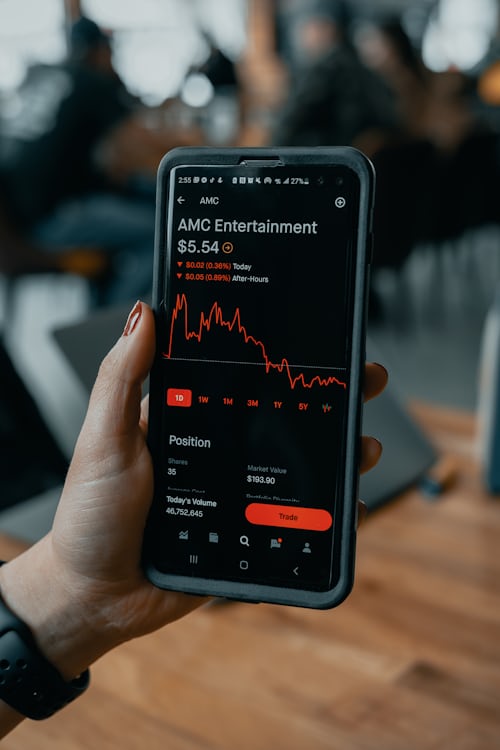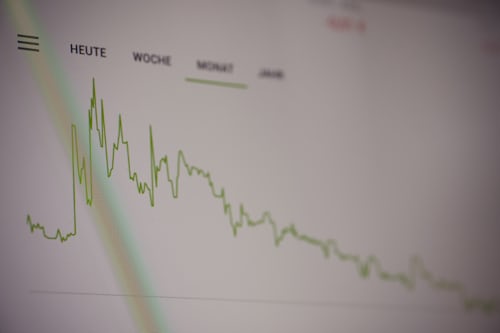- Home
- ABOUT US
- PRODUCTS
- PROJECTS
- GALLERY
- SERVICES
- BLOG
With an average of around $5 trillion traded daily in the forex arena, it is clear that this particular financial instrument is very popular with traders and investors around the world. Essentially, it involves the sale or purchase of foreign currencies. Of course, these are all used by banks, businesses and investors for various reasons such as profit, trading, currency exchange and tourism.
One of the main advantages of forex trading is that traders can set up an automatic stop loss as well as profit levels after opening a position (this closes the trade). Forex market is a place where different global currencies can be bought or sold against each other worldwide. Currency is changed from one currency to another, and currency pairs from around the world are traded continuously around the clock. Wherever two foreign currencies are traded, you can be sure that a foreign exchange market exists regardless of the time zone.
Frequently Used Trading Terminology
This section of our forex trading PDF presents some of the most commonly used forex trading terminology in the industry.
Pips
Pip stands for "point in percent" and shows all the small changes detected in currency pairs in the exness cryptocurrency. The pip represents the smallest possible amount that a currency rate can change. For example, 0.0001 of a price quote - when it comes to the price of a currency pair. This is called the "base unit" of the pair. If the bid rate for the GBP / USD pair changes from 1.2590 to 1.2591, this shows the difference between one pip.
Spread
The distinction between the selling price and the buying price of a currency pair is called dissemination. The least spread (least used) currency pairs usually have a low spread. In some cases, this may even be less than one pip.
When trading the most commonly used currency pairs, the spread is often the lowest. The total value of the currency pair must exceed the spread for forex trading to become profitable.
Leverage
We could not create a forex trading PDF without mentioning leverage. In order for forex brokers to increase the number of trades available to their clients, they need to allocate capital for leverage.
Before you can trade with leverage, you need to sign up with a forex broker and open a margin account. Depending on the broker and the size of the position, leverage is usually limited to 1:30 if you are a retail client (not a professional trader). Some offshore forex brokers offer much more than this if you are looking for higher limits.
Here are some examples for a better idea of leverage:
- Suppose you are trading EUR / GBP at a price of 1.1700.
- You think the price will increase when you take a buy position
- You have only £500 in your Forex trading account
- You want to trade with more, so you apply the leverage of 20x
- The value of EUR / GBP increases by 2%
- With a standard stake of £500 you would have made a profit of £10
- However, when you applied leverage of 20x, it increased to 200 GBP
However, if the value of the pair went down by 2% you would lose £200. Based on the above example, you should exercise caution when using leverage. If the worst scenario happens and your account falls below 0, you should contact your forex broker and ask about their policy on protecting against negative balances. The good news is that all forex brokers regulated by ESMA (European Securities and Markets Authority) can provide you with this extra level of protection to ensure that you never become indebted to your broker. It's like a stopper that prevents you from falling below 0.



